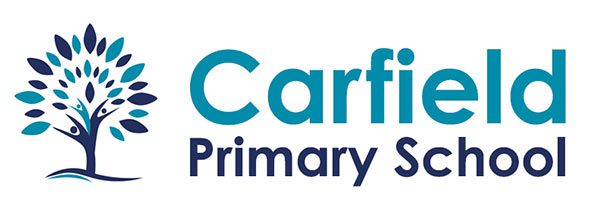SEN Students and Communication
When working with SEN Students in your sessions a key barrier to them accessing what you teach can be communication. Using long, descriptive language may be useful with many students but this can lead to confusion with SEN students and the potential for poor behaviour or lack of engagement. This does not always reflect that they cannot access what you are doing but simply that they may not have understood the instructions or what you were trying to teach.
What to consider?
There are a variety of ways you can more effectively communicate with SEN students and they quite often don’t require any special training. A lot of these methods can be built into a session with simple planning and practise and will help you to communicate better with your participants.
Simple Sentences
When delivering instructions consider how simple you can make your instructions and deliver them in concise bites. Rather than using long sentences break down the core instructions into 2-3 words. This helps to give them clear direction and stops any confusion as to words that are important.
For example: If your instruction was
” First, we will get a ball each then we will get into a line at the back of the badminton court. Once we have lined up we will throw our ball at the target and try and score a goal”
This has a lot of additional information that can be reduced and still be clear what is happening. You may as a coach need to direct them a little more where to stand but the understanding will be better if you condensed it to:
“Get a ball. Line up. Throw ball. Score in target.”
As it can be seen the instructions are still clear but are much more understandable for the participant with just a little guidance from yourself.
Demonstrations
Alongside using simple sentences use demonstrations to your advantage as it can clear up any confusion for the participants. Use clear demonstrations that clearly show what you have instructed so they can clearly see what you are asking them to do.
Makaton
Makaton is a simple form of sign language used by a lot of children. Many of the sings are quite intuitive but they can help a lot of children understand what you are saying. Ask the staff who work in the school to either help do the signs for you and as they do some of the more obvious signs try and learn and copy them. These can be simple things such as thank you and good but help all the children to understand.
If you work regularly with a group ask them to also teach you some of the more obvious signs as they are often excited to help an adult and will know a lot of very useful signs!
